Entertainment
The latest Entertainment breaking news, comment, reviews and features from the experts at T3
-

My most anticipated Netflix movie of the year gets a wild new trailer
Havoc looks pretty unbelievable
By Max Freeman-Mills Published
-

Forget the tariffs, Paddington 3 is now on Netflix to bring you joy
Paddington In Peru is now streaming on Netflix
By Mike Lowe Published
-
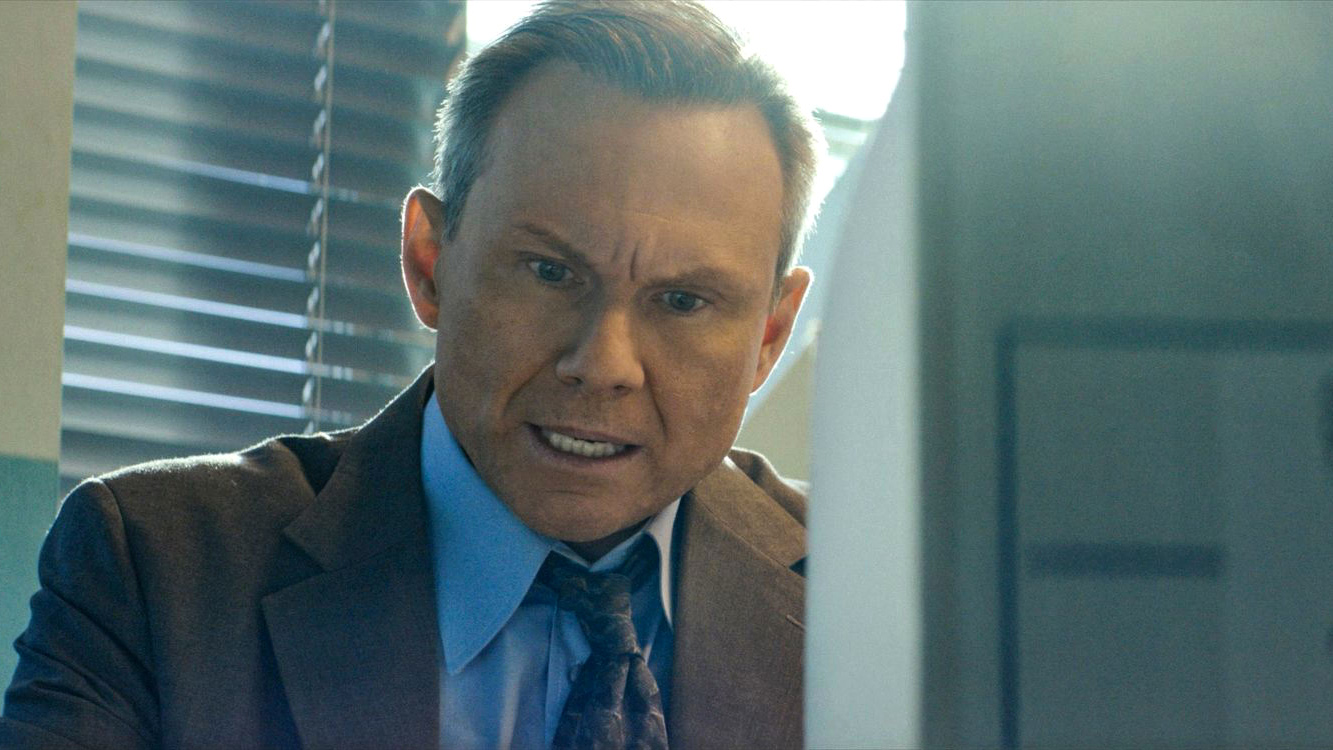
I did the unthinkable and subscribed to Paramount+
Hear me out: Paramount+ is worth paying for right now
By Mike Lowe Last updated
-

I love the Murderbot books, and Apple TV+'s first trailer has me excited
Murderbot is a series I can't wait for
By Max Freeman-Mills Published
-

This Disney Plus favourite had 100% on Rotten Tomatoes last season – here's when the new one is out
It's an Emmy award-winning show
By Sam Cross Published
-

This runaway Netflix no.1 hit shows reviews aren't everything
Ignore The Life List's Rotten Tomatoes score
By Max Freeman-Mills Last updated
-
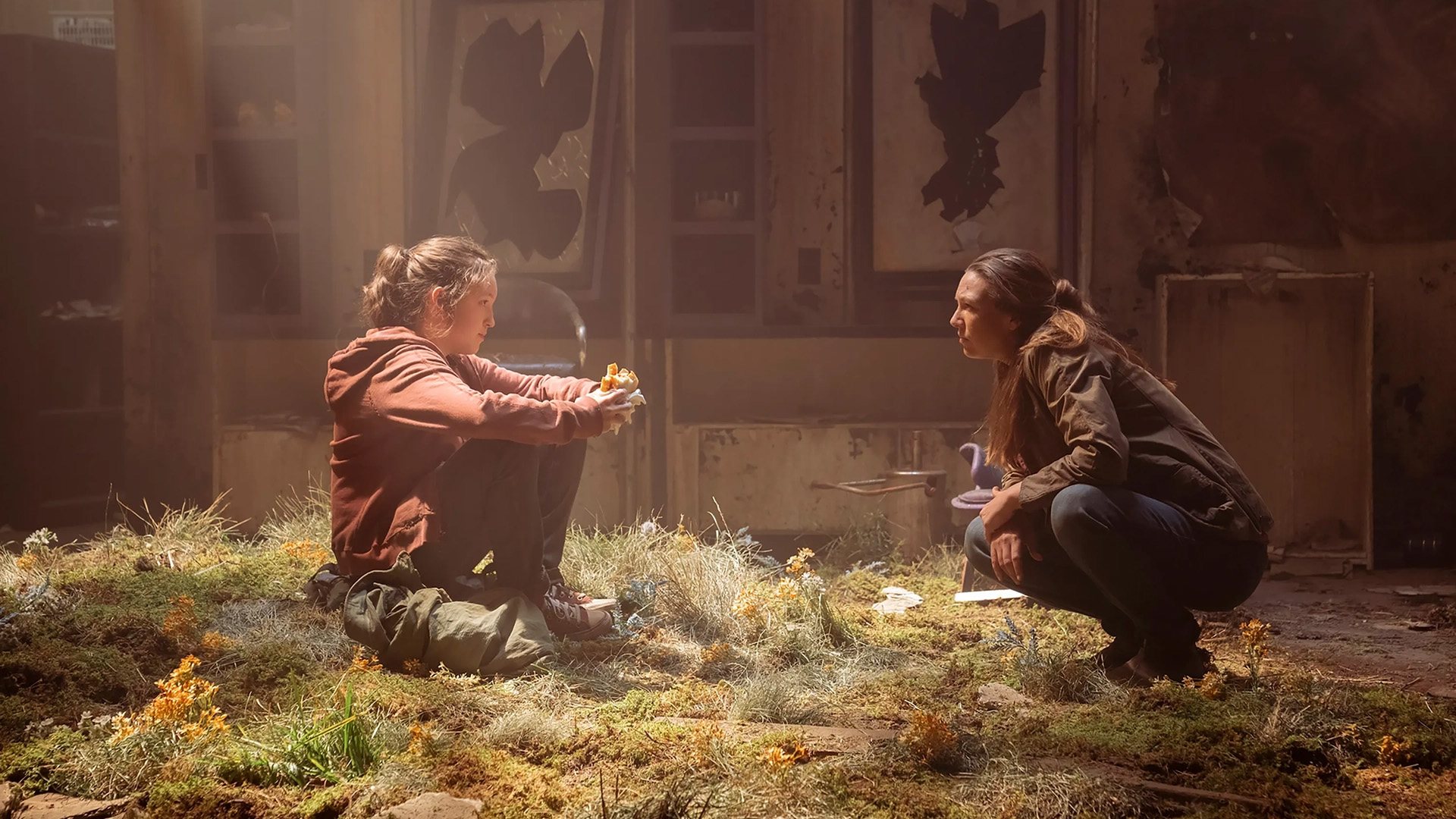
HBO’s best show in recent memory returns this weekend
The Last of Us season 2 is almost here
By Mike Lowe Published
-
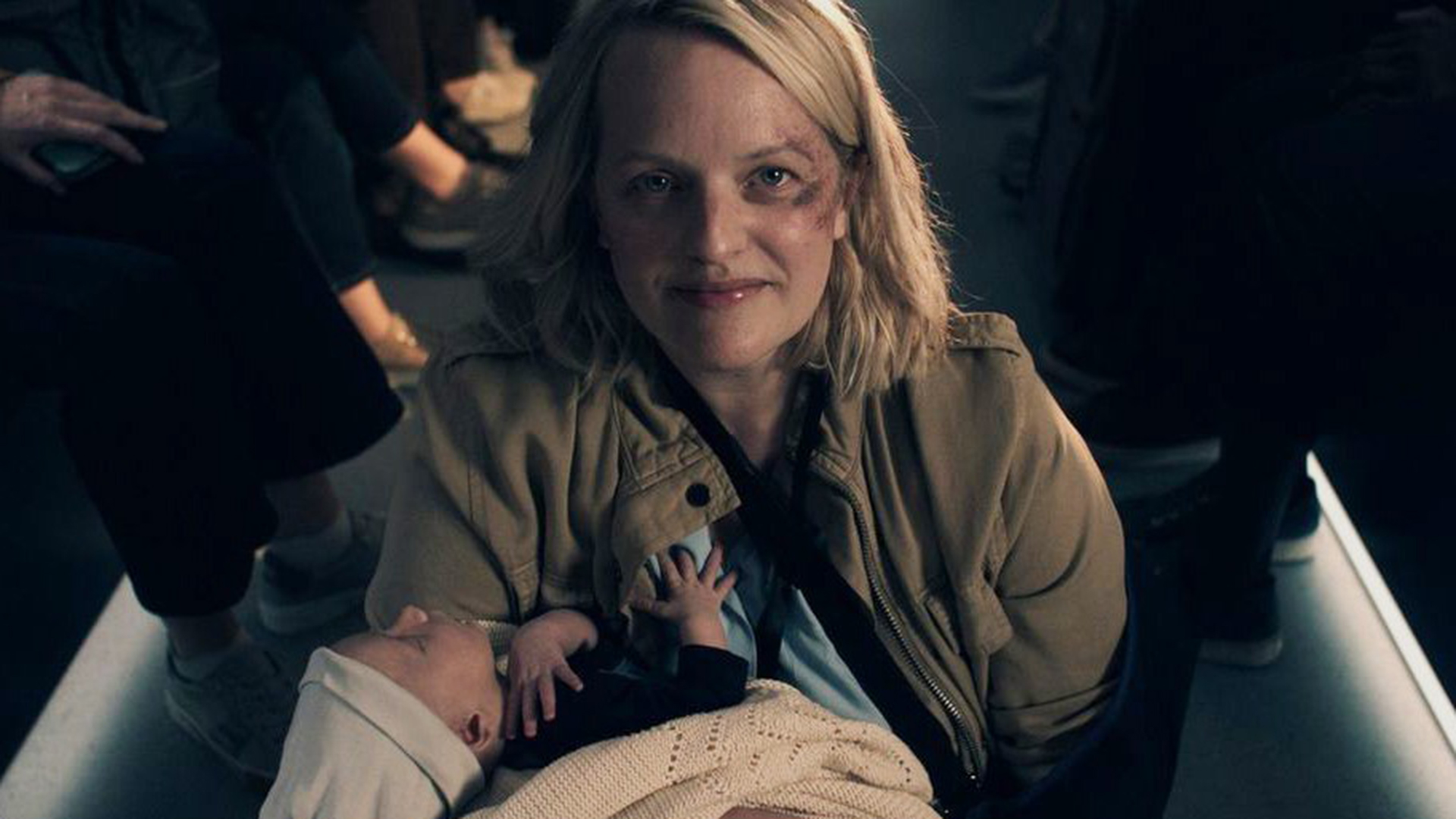
The Handmaid's Tale hits different in 2025 but it's still a thrilling watch (no spoilers)
As season 6 kicks off on Hulu in the US, we see The Handmaid's Tale covering new ground with the same sense of foreboding
By Mat Gallagher Published
-
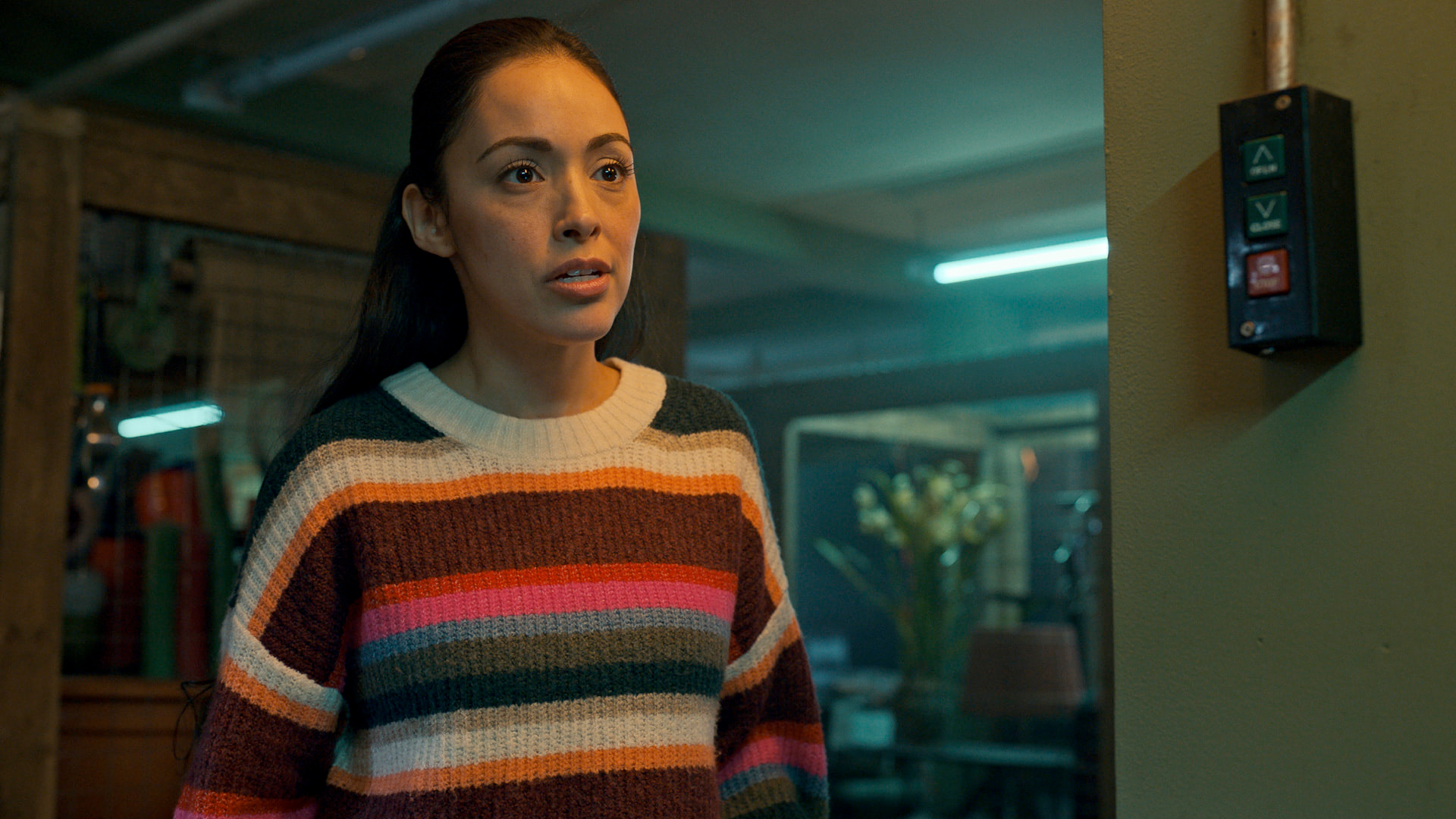
I'd never heard of this award-winning Apple TV+ series, but now it's back
Jane seems like lovely family fun
By Max Freeman-Mills Published
-
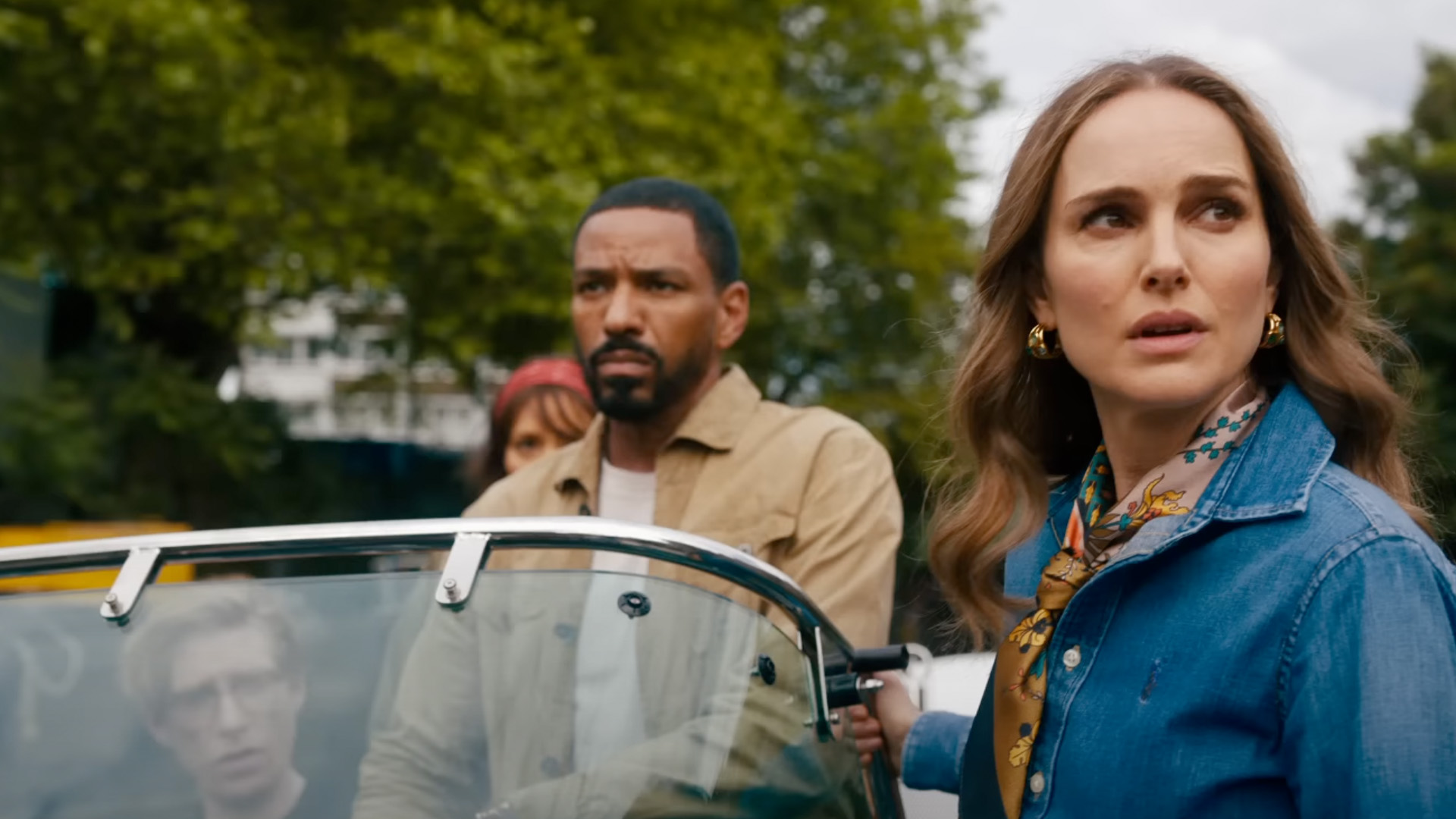
Apple TV+ summons the spirit of Indiana Jones for The Fountain of Youth
It's nabbed some big stars to help
By Max Freeman-Mills Published
-

You owe it to yourself to watch this unbelievable Prime Video show
Last One Laughing UK is a delight
By Max Freeman-Mills Published
-
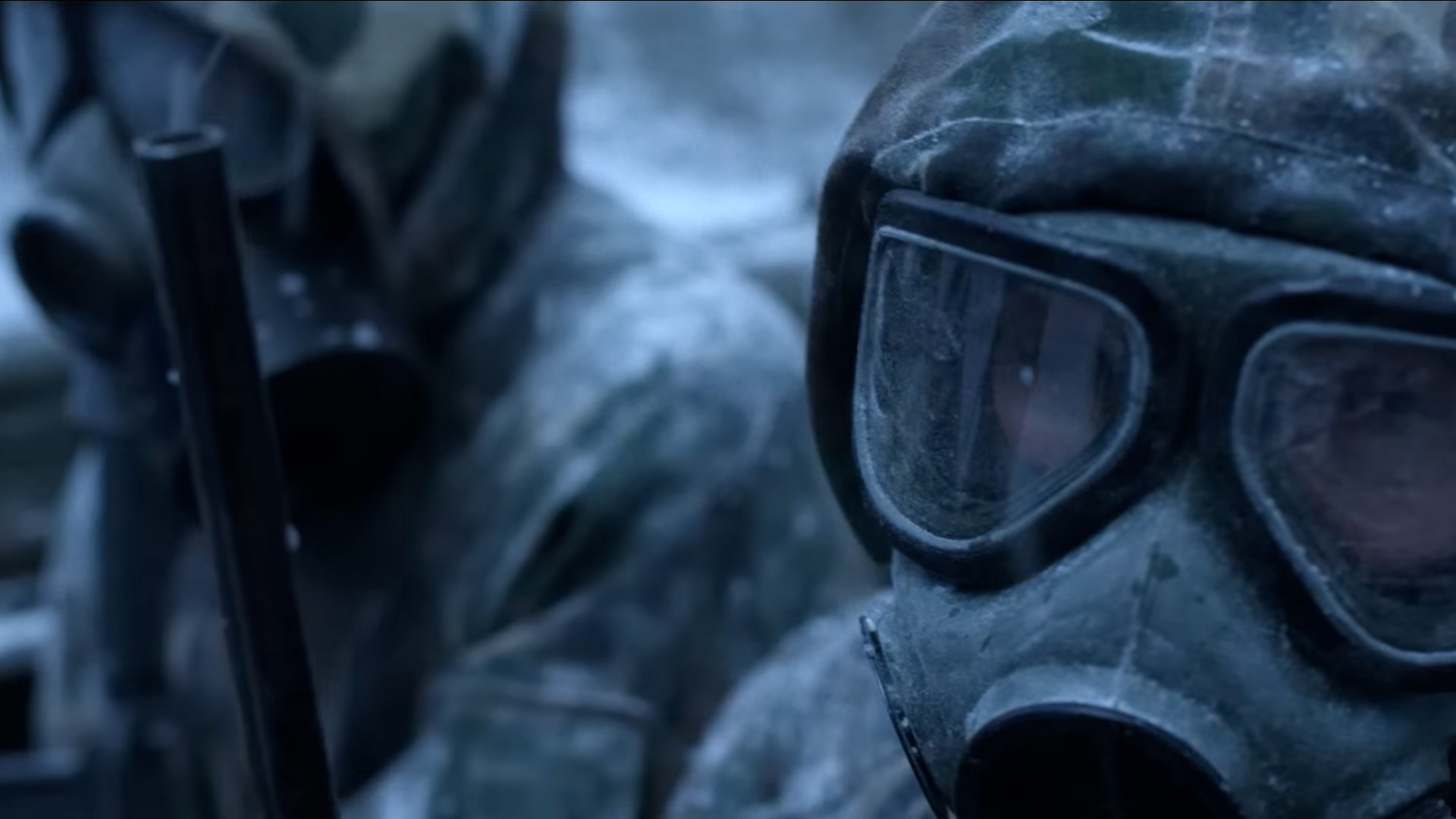
Netflix might have the next The Last Of Us in huge new sci-fi trailer
The Eternaut looks awesome
By Max Freeman-Mills Published
-
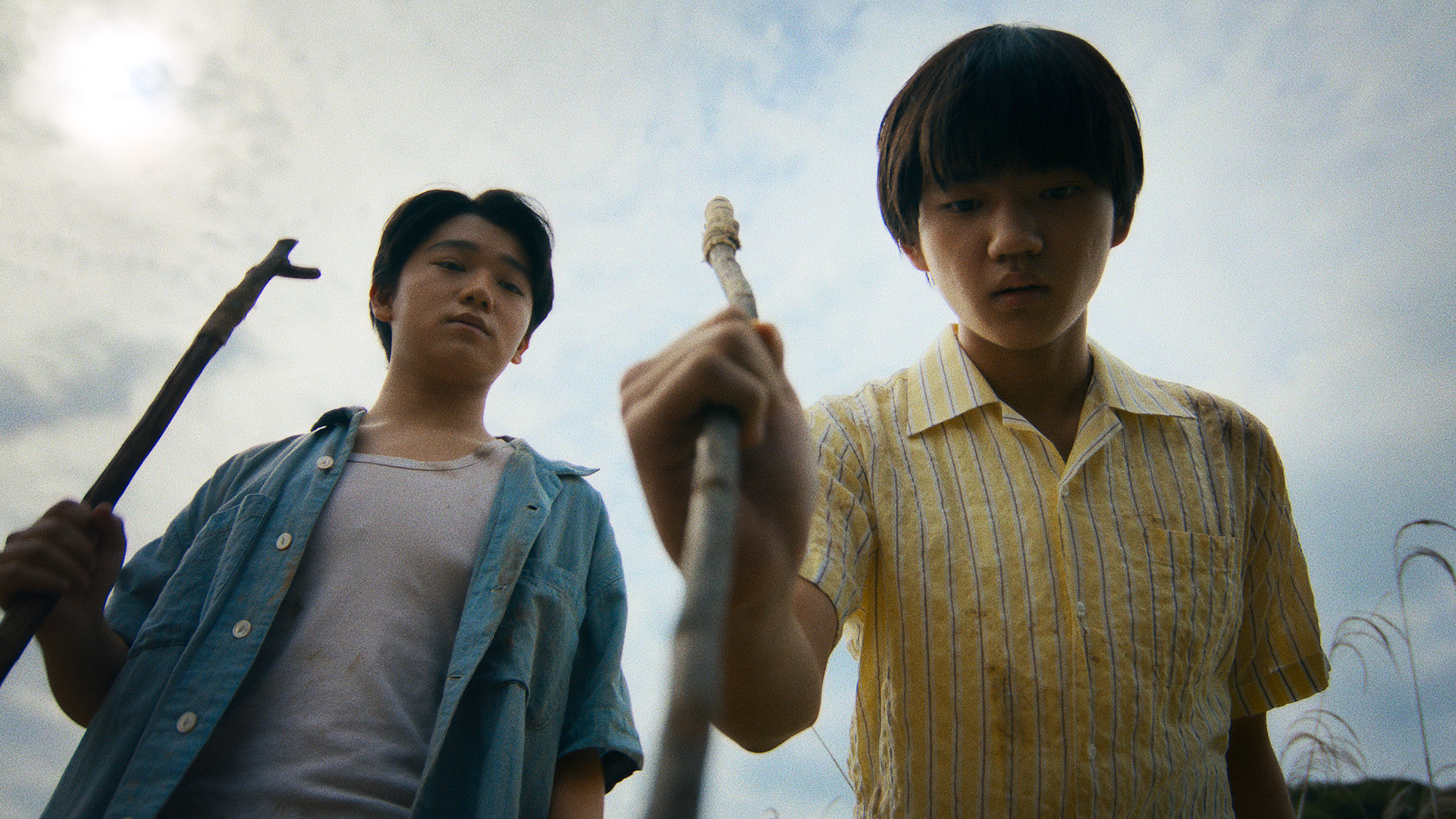
3 best Apple TV+ shows you didn't know existed
Apple TV+ is relatively young in comparison with other streaming services, but there are still some shows hidden in its depths – here are three we've unearthed
By Brian Comber Published
-
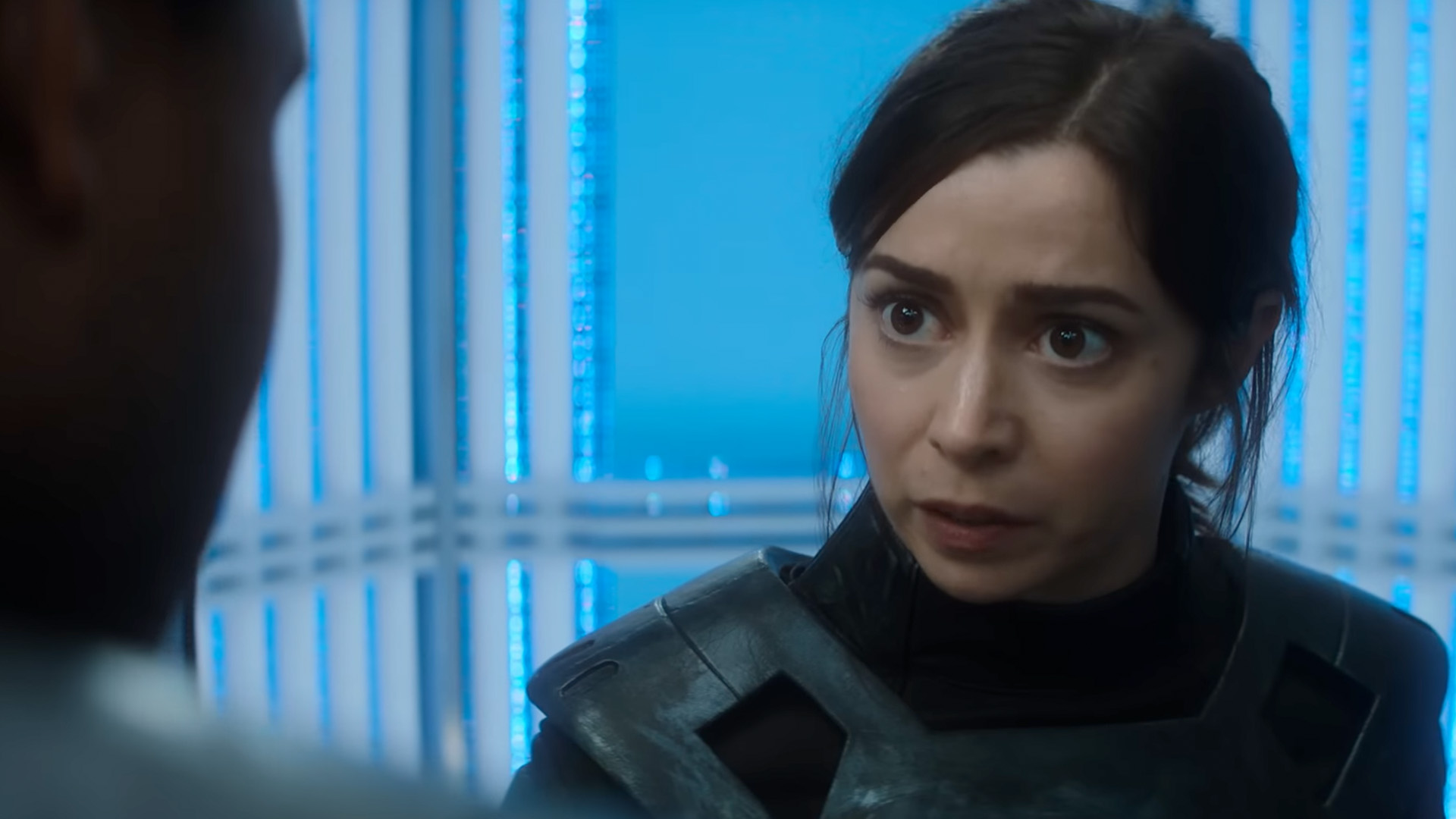
Netflix finally gives us more details about upcoming sci-fi epic
Black Mirror's new season looks huge
By Max Freeman-Mills Published
-
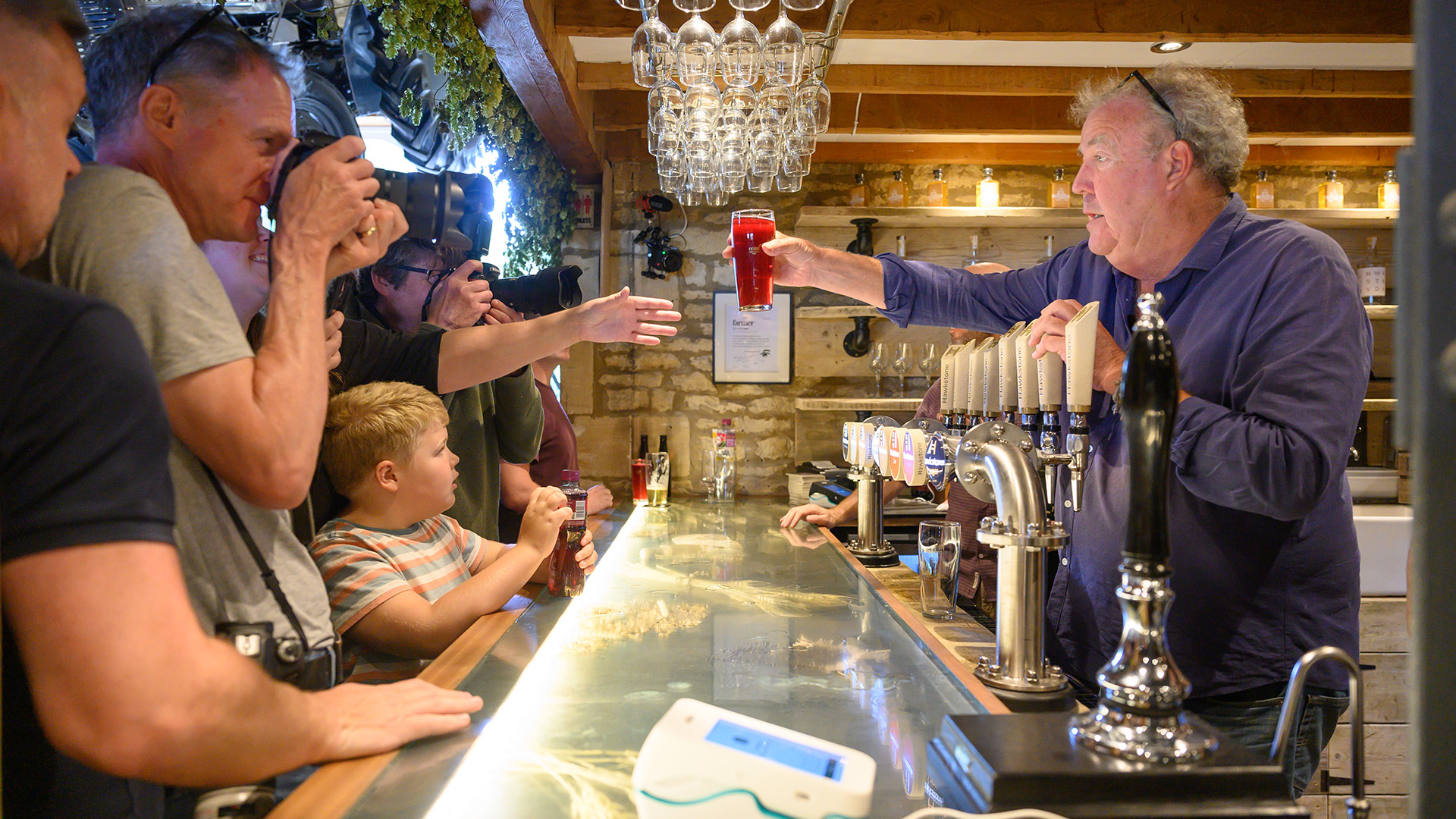
Amazon's oddest show returns in May – Clarkson's Farm Season 4 release date revealed
Jeremy Clarkson spills the beans... and the ale
By Rik Henderson Published
-

Netflix to resurrect Tarantino classic for an unexpected sequel
Quentin Tarantino might even supply the script himself
By Rik Henderson Published
-
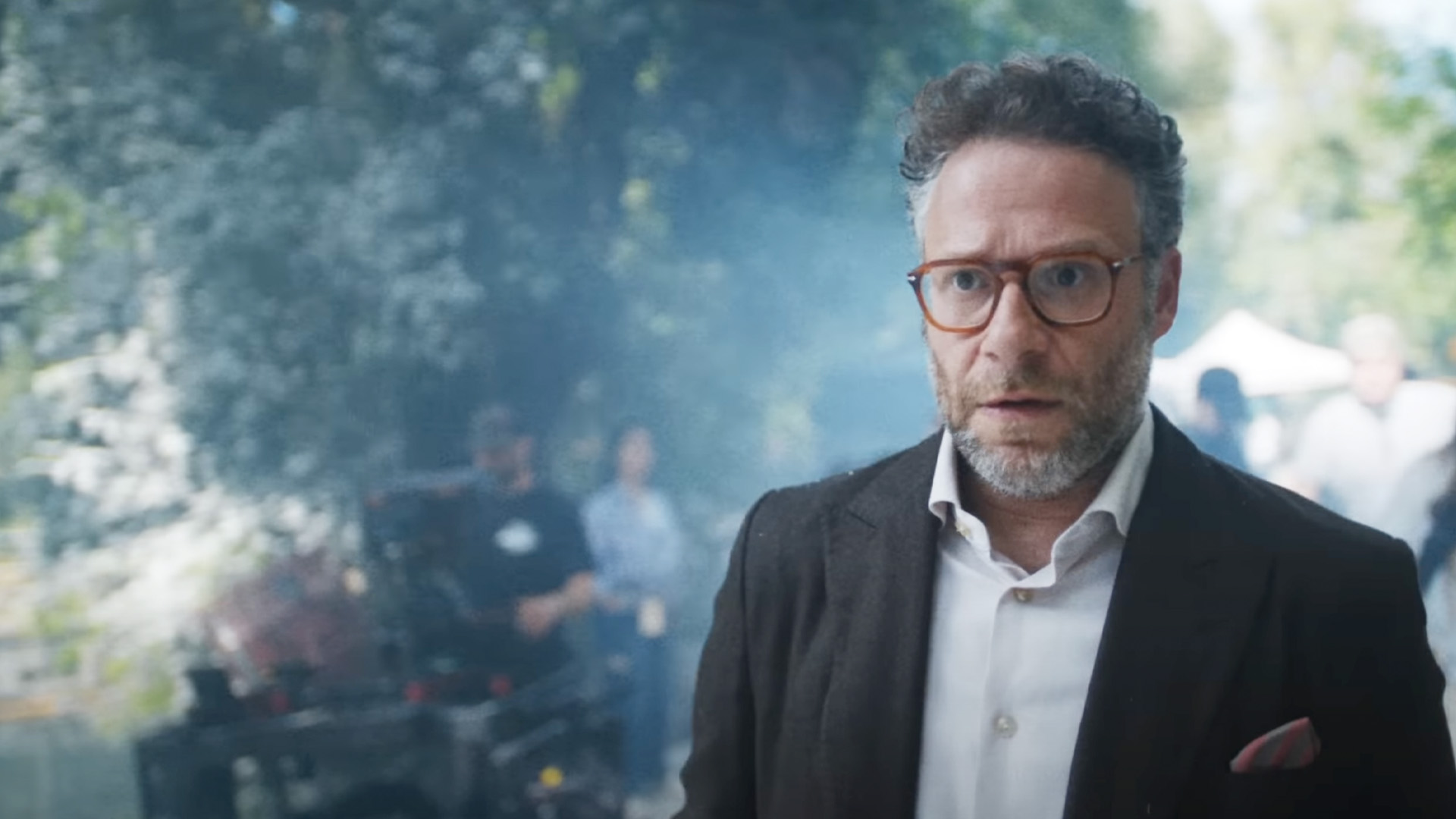
I just watched my favourite episode of TV this year – and it wasn't what I expected
The Studio's pilot blew me away
By Max Freeman-Mills Published
-
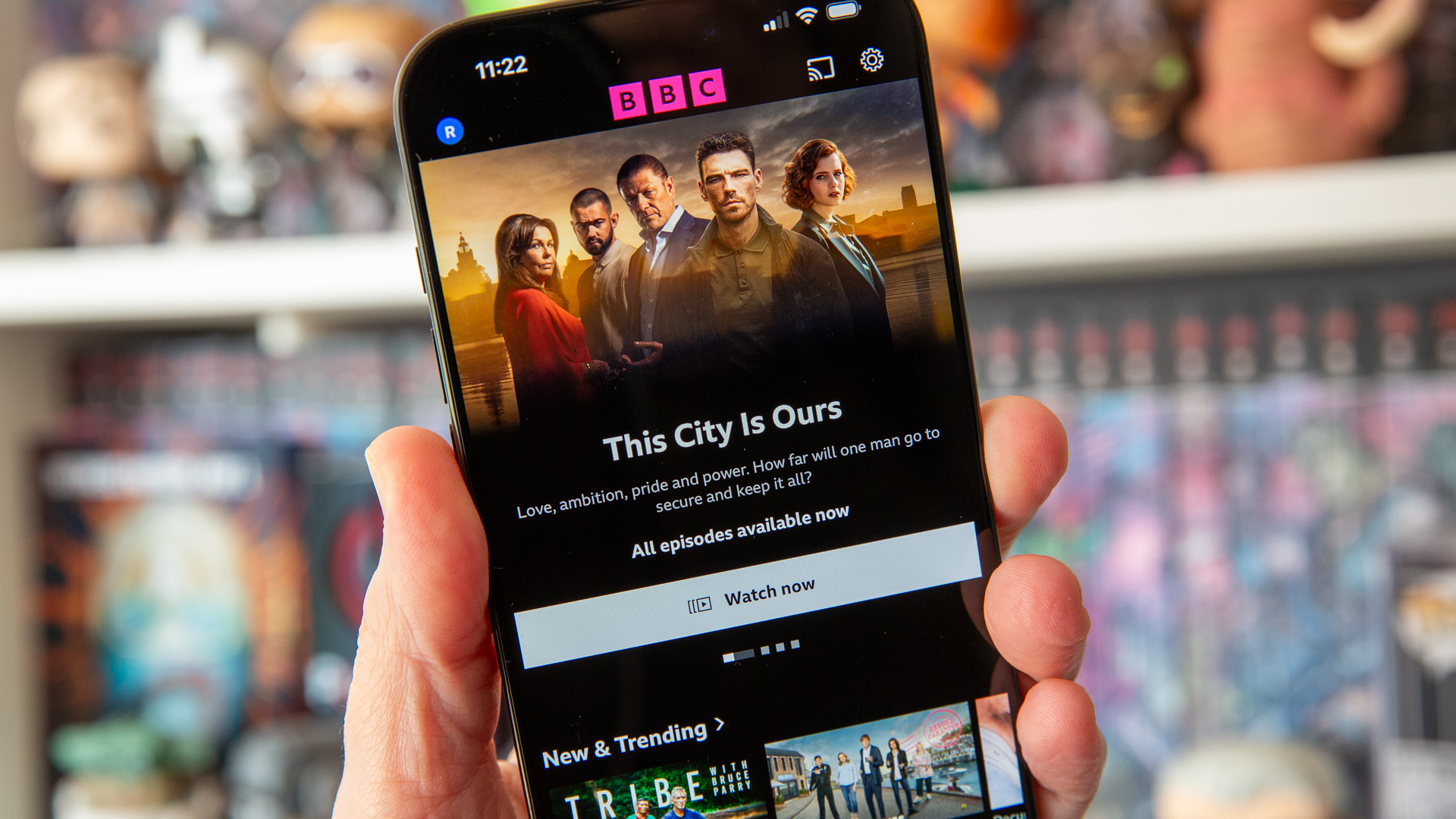
BBC iPlayer upgrade coming for a smarter, more personalised service
The BBC plans to use AI in iPlayer to improve the streaming service
By Rik Henderson Published
-

Amazon removing one of the most underrated sci-fi movies of all time from Prime Video
You have just a matter of weeks to watch this hidden gem
By Rik Henderson Published
-
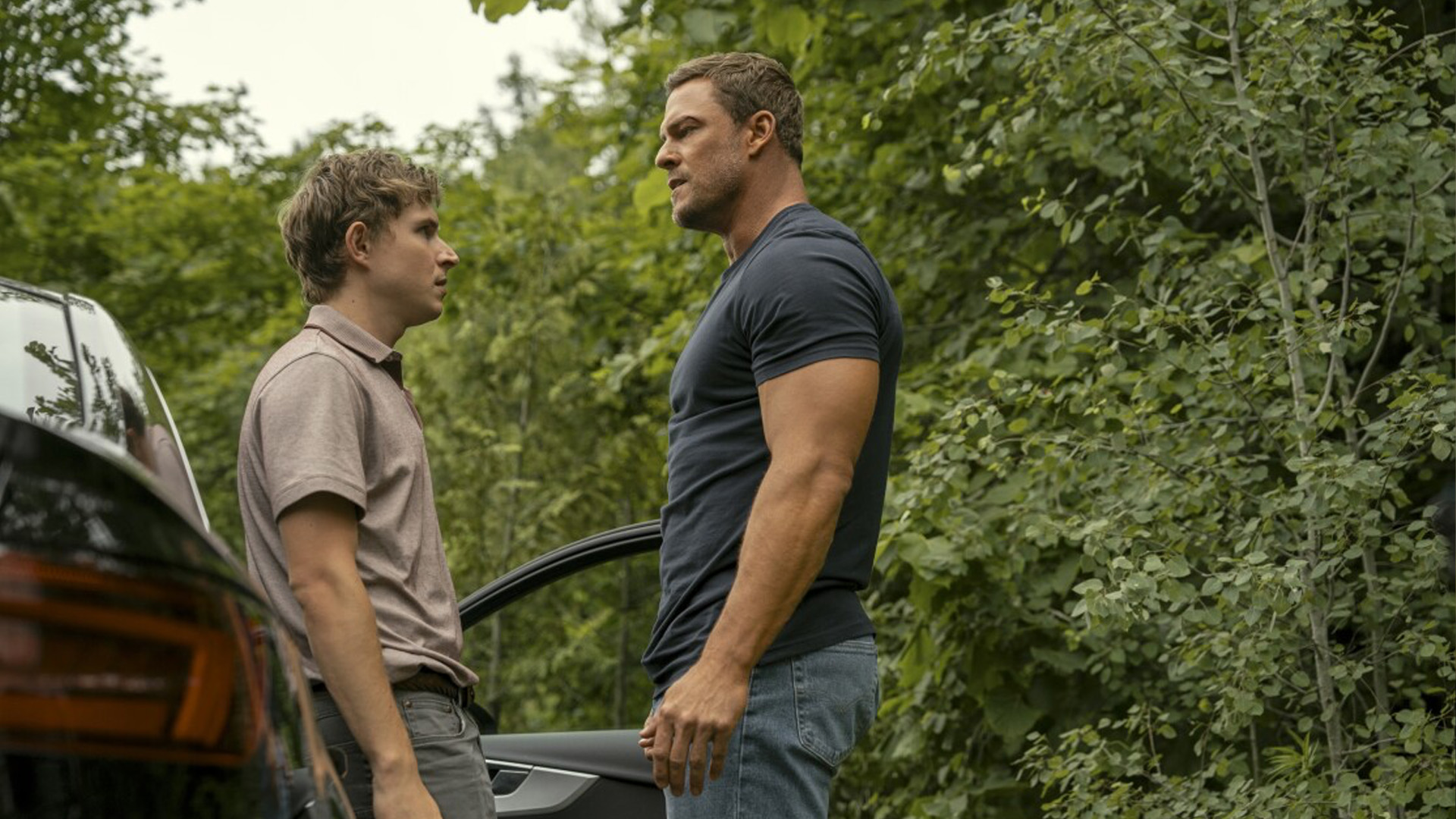
I've read every Reacher book, but this season hasn't hooked me
Not quite floating my boat
By Max Freeman-Mills Published
-
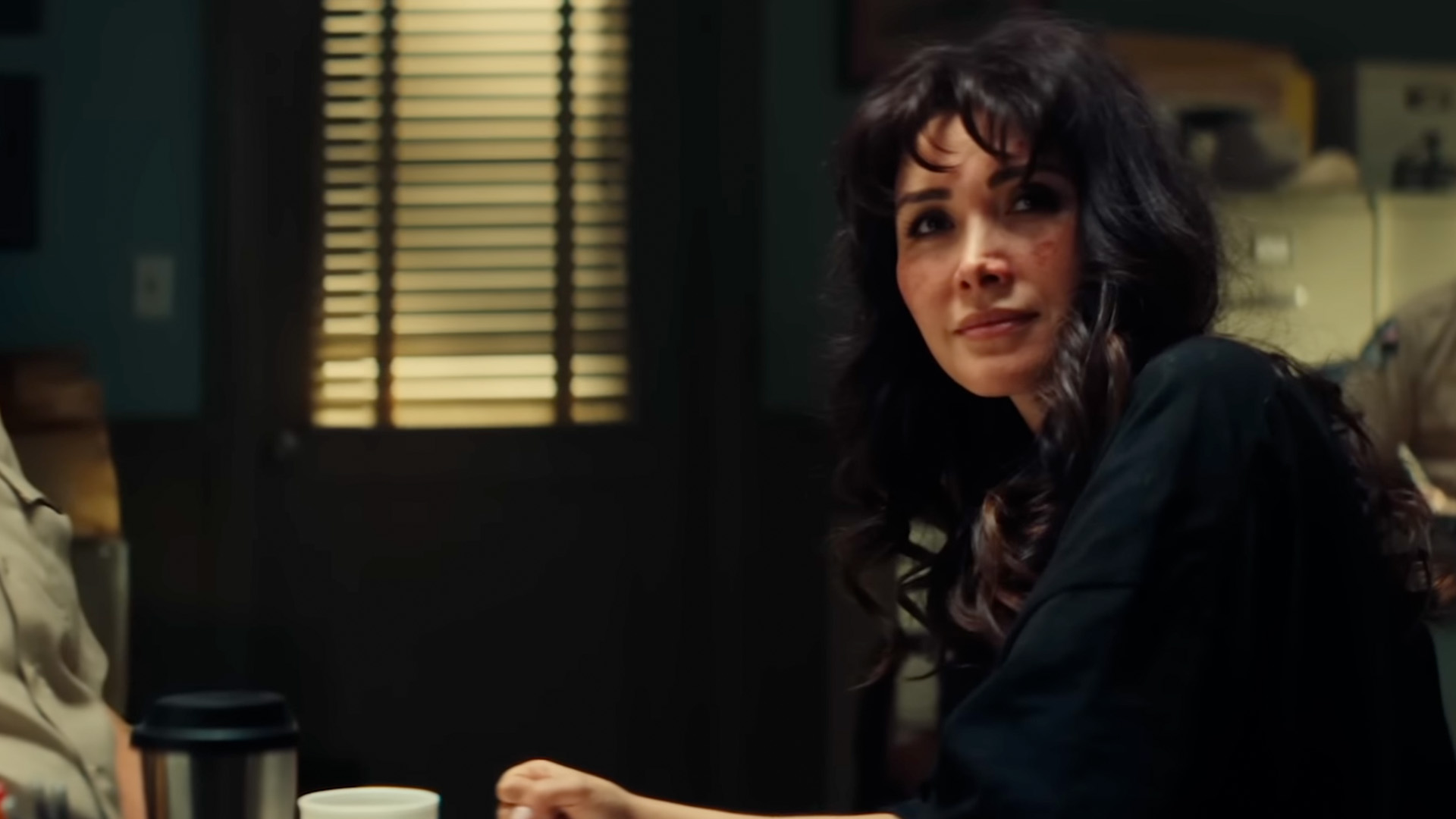
Did Netflix just reinvent Black Mirror as a comedy series?
Bad Thoughts looks unique
By Max Freeman-Mills Published
-

3 obscure sci-fi movies to stream on Amazon Prime Video, Netflix and more
If you like sci-fi flicks that are off the beaten path, here are three great recommendations
By Brian Comber Published
-

Netflix’s Adolescence proves Stephen Graham could be the best British actor of a generation
Adolescence is a powerful Netflix series – and Stephen Graham delivers a powerhouse performance
By Mike Lowe Published
-
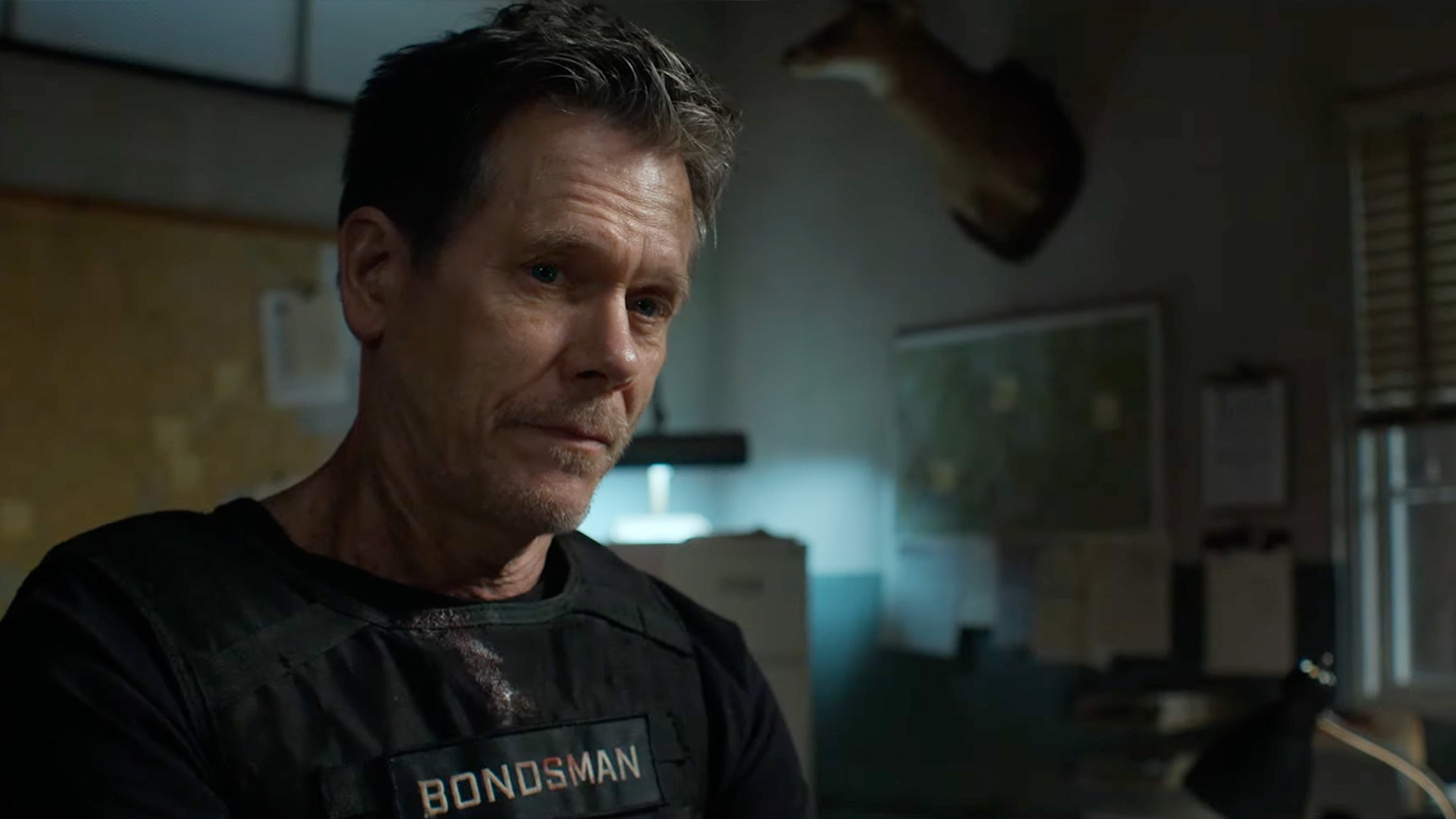
Amazon Prime Video in April: 5 unmissable shows and movies coming soon
The streamer has a lot lined up
By Max Freeman-Mills Published
-
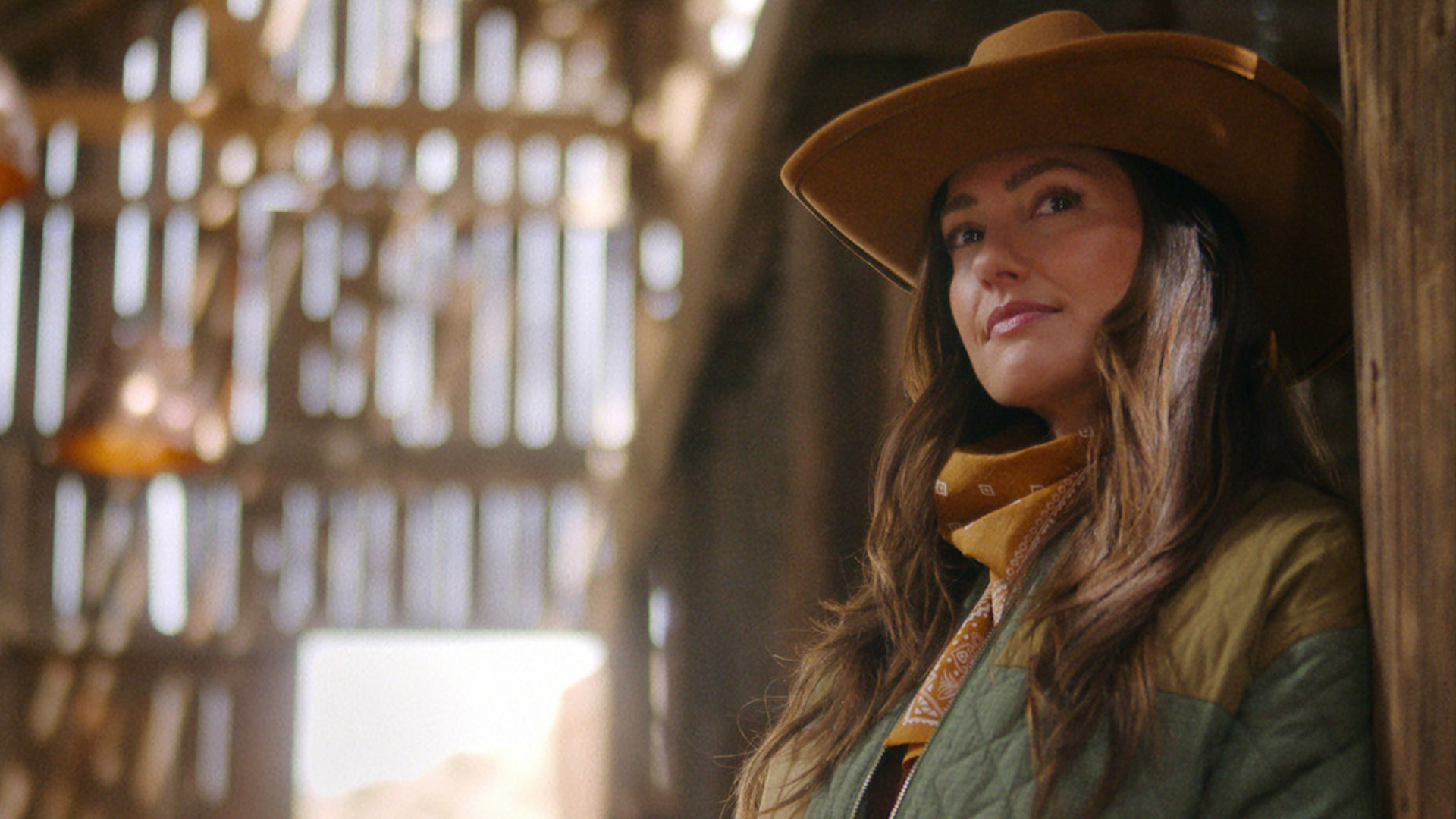
Netflix's new show Ransom Canyon is coming for Yellowstone's lunch money
It's precision-targeted
By Max Freeman-Mills Published
-

Netflix in April: 5 top movies and shows coming to the streamer
Here's what you can't miss this month
By Max Freeman-Mills Published
-

Apple TV+ won the sci-fi battle, now The Studio is winning the comedy fight too
Seth Rogen's Apple TV+ comedy, The Studio, is off to a hot start
By Mike Lowe Published
-

Netflix adds one of the best British comedies of a generation
You'll be flat out laughing!
By Rik Henderson Published
-

I physically cannot wait for Disney+'s best sci-fi show to return
Andor needs to be out already
By Max Freeman-Mills Last updated
